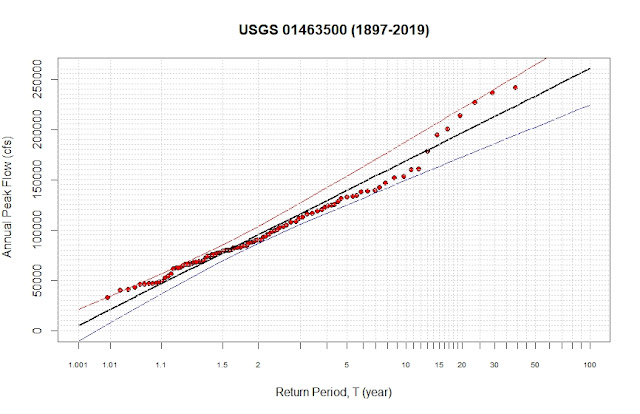The 2019 International Conference on Advances in Civil and Ecological Engineering Research (ACEER 2019) was held successfully in Kaohsiung City, Taiwan, from July 1st - 4th, 2019. It was organized by I-Shou University, co-organized by National Sun Yat-Sen University, National Kaohsiung University of Science and Technology, and Taiwan Society of Microbial Ecology. The technical program comprised one plenary session with 2 keynote speeches, seven parallel sessions including 22 invited speeches and 37 regular oral presentations, and 23 poster presentations. ACEER 2019 aimed to provide a high-level international forum for researchers and engineers to present and discuss recent advances, new techniques and applications in the field of Civil Engineering, Environmental and Ecological Engineering. This conference has attracted around 120 participants from 15 countries and areas. The subjects of the conference included many disciplines or inter disciplines of civil engineering, ecology and environment.

Abstract of my presentation: As a general principle of river bed evolution during the fluvial process, the channel is formed by river flows, while the movement of river flows is contained by channels. When the hyperconcentrated flood propagates along the wandering reach of the Yellow River, the peak discharge of the flood can increase along the reach. Due to the recurrence of this abnormal phenomenon, attentions have been drawn from various stakeholders, since the amplifications of flood peak can jeopardize flood control works. By analyzing the field observed data, we present our research findings of "scour during rising” and “deposit during falling” of a flood event, as well as the sediment transport mechanism with constant discharge. The bedform affects the characteristics of sediment transport and the resistance force. When the bedform is in the dynamic equilibrium state, sediment transport characteristics can be described as “the more sediment input, the more sediment output”. When the shear stress created by flow acting on bed is increasing, scour is observed on the channel bed. On the contrary, when shear stress is decreasing, deposition is observed. When the shear stress remains the same, sediment transport is in the equilibrium state. After the operation of Xiaolangdi Reservoir, due to coarsen of the bed material, the bedform resistance increased. When the flow condition changes and the bed roughness decreases abruptly, the increasing flow velocity can result in the reduction of channel storage volume. This is the main reason for the longitudinal amplifications of peak discharge in the wandering reach of the Yellow River.
The full paper can be found here:
